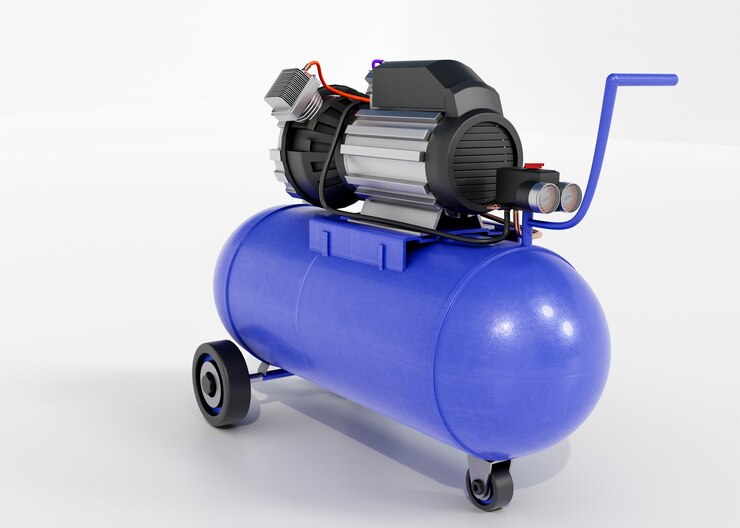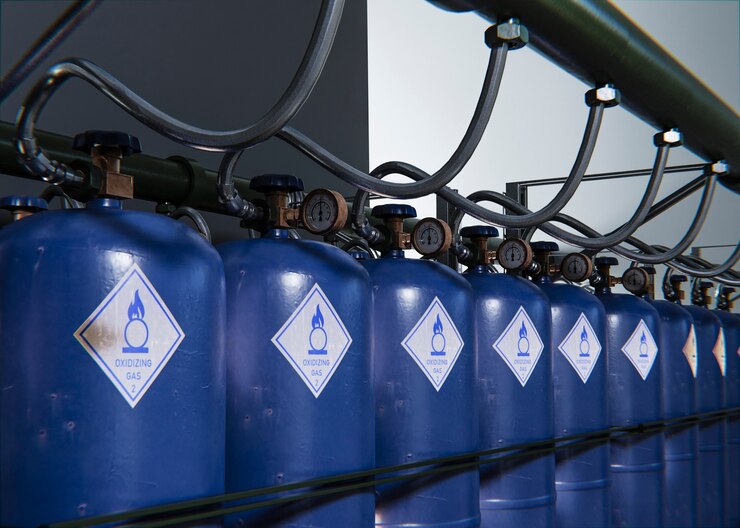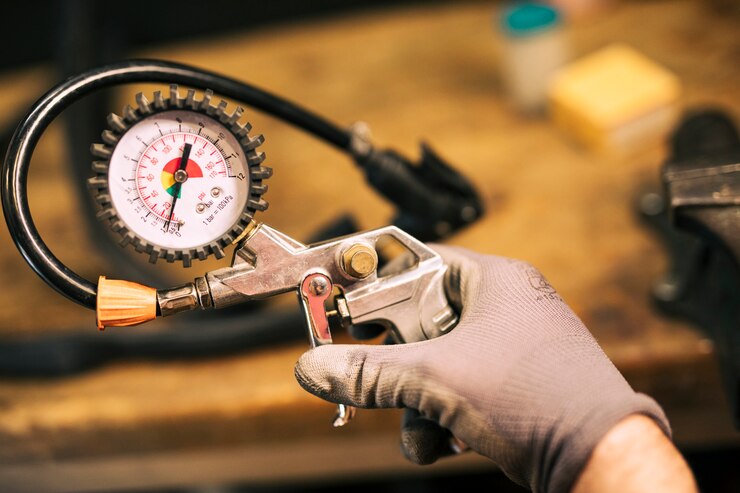Demystifying Piston Compressors: How they work
Piston compressors, often referred to as reciprocating compressors, are mechanical apparatuses employed to elevate gas pressure through volume reduction. Proficiency in comprehending piston compressor operations holds paramount importance, given their pivotal role across diverse industries, encompassing manufacturing and automotive sectors. This understanding is indispensable for optimizing performance, conducting effective maintenance, and resolving operational issues—rendering it an essential subject for individuals working with or depending on compressed air systems.
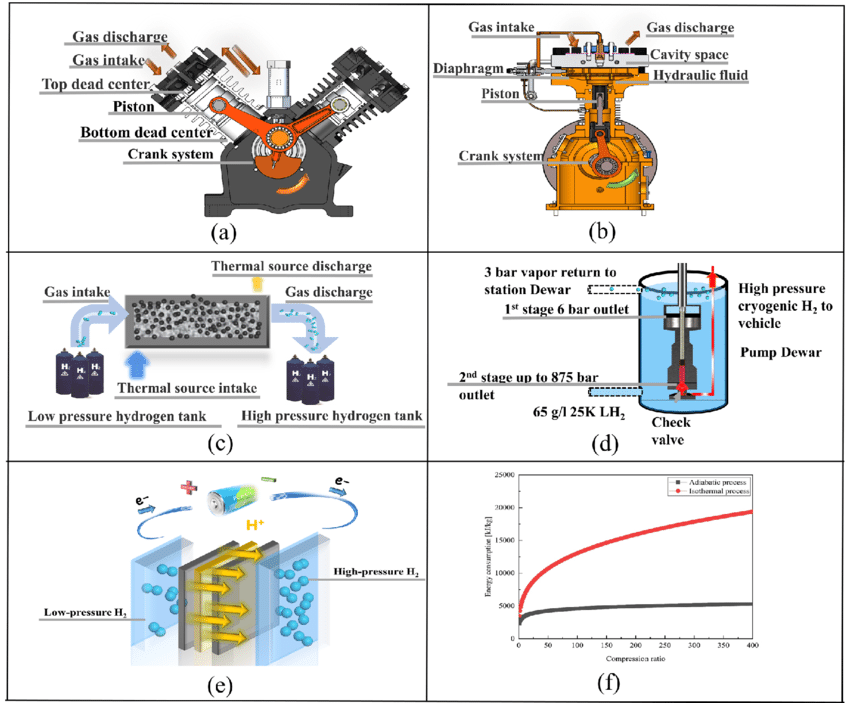
Fundamentals of Piston Compressors
Definition and Purpose
Piston compressors, also known as reciprocating compressors, are mechanical apparatuses designed to increase gas pressure by reducing its volume. These devices function based on the movement of a piston within a cylinder, compressing the gas and delivering it at elevated pressure levels. They hold a vital role in numerous industries, including manufacturing, where compressed air is indispensable for a wide array of processes.
Common Applications
- Manufacturing: Piston compressors find extensive utility in manufacturing plants, powering pneumatic tools, aiding in material handling, and supporting control systems.
- Oil and Gas: Piston compressors are instrumental in the oil and gas industry, assisting in gas transmission, gas lift systems, and wellhead compression.
Variations in Piston Compressor Designs
- Single-Stage vs. Two-Stage: Single-stage compressors feature one piston, whereas two-stage compressors employ two pistons for applications requiring higher pressure levels.
- Oil-Lubricated vs. Oil-Free: Oil-lubricated compressors use oil for piston lubrication, while oil-free compressors utilize advanced materials and technology to eliminate the need for oil in the compression process.
Piston compressors, in their diverse configurations, offer versatility and reliability, catering to the compressed air demands of a wide range of industries.
Principles Governing Piston Compressor Operations
The Compression Cycle
- Suction Stroke: In this phase, the piston descends within the cylinder, generating a vacuum effect. Consequently, the intake valve swings open, permitting ambient air or gas to enter the cylinder.
- Compression Stroke: Following the suction stroke, the piston ascends, significantly decreasing the cylinder’s volume. As this transpires, the intake valve seals shut, trapping the incoming air or gas. This compression stroke results in a substantial rise in both pressure and temperature within the confined air or gas.
- Discharge Stroke: After the completion of the compression stroke, the exhaust valve unlocks. The piston’s upward movement recommences, expelling the highly compressed air or gas at elevated pressure levels through the exhaust valve.
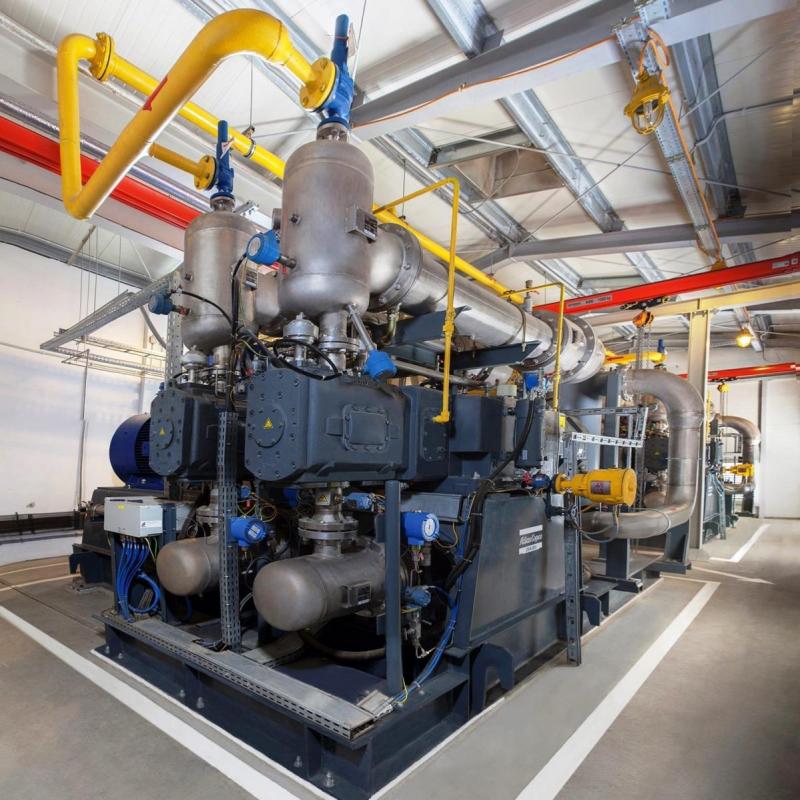
Valves’ Role in Managing Airflow
The operation of piston compressors relies heavily on valves, including intake and exhaust valves, to precisely control the airflow within the cylinder. During the suction stroke, the intake valve admits air or gas, while during the discharge stroke, the exhaust valve permits the expulsion of the compressed substance. These valves establish a one-way flow, preserving the integrity of the compression cycle.
Pressure Control and Safety Provisions
Piston compressors often incorporate mechanisms for regulating output pressure to desired levels. Additionally, safety measures, such as pressure relief valves, are employed to prevent over-pressurization and ensure the secure operation of the compressor. These safety features are paramount in safeguarding both the equipment and the individuals working with piston compressors.
Applications and Industries
Piston compressors, with their versatile design and efficient operation, find usage across a range of applications and industries. Here’s an overview:
Industrial Uses
- Manufacturing: Many factories rely on piston compressors for powering pneumatic tools, producing goods, and spray painting.
- Construction: On construction sites, they’re indispensable for operating heavy pneumatic machinery and air-powered tools.
- Agriculture: Used in crop spraying, aeration of ponds, and powering certain farm machinery.
Automotive Applications
- Air Brakes: Larger vehicles like trucks and buses utilize piston compressors to supply air for their braking systems.
- Pneumatic Systems: Many automated vehicle systems, like adjustable suspensions, use compressed air.
Advantages and Limitations
Advantages of piston compressors
- Versatility: Suitable for a range of applications, from industrial to residential.
- Cost-effective: Generally cheaper than other compressor types.
- Simple Design: Easier to maintain due to fewer complex parts.
Limitations and considerations
- Wear and Tear: Frequent use can lead to faster degradation of moving parts.
- Noise: Typically louder than rotary screw compressors.
- Limited Duty Cycle: Not always suitable for continuous operations.
Future Trends and Innovations
Emerging technologies in piston compressor design
- Smart Controls: Integration with IoT for predictive maintenance and optimal performance.
- Advanced Materials: Utilizing materials that reduce wear and enhance compressor lifespan.
- Variable Speed Drives: Allowing for energy savings by adjusting motor speed according to demand.
Sustainability and energy efficiency trends
- Enhanced Efficiency: Design improvements aimed at consuming less energy for the same output.
- Recycling and Upcycling: Emphasis on using recyclable materials and designing compressors that can be easily disassembled for recycling or repurposing components.
CONCLUSION
Piston compressors, rooted in the straightforward mechanism of a piston moving within a cylinder, are foundational to myriad applications, from industry to households. This reciprocating action compresses gases, enabling functionalities from tools to climate control. As we unravel their workings, advantages, and evolving trends, we gain insight into their pivotal role in modern mechanics and glimpse the future of mechanical innovation.
